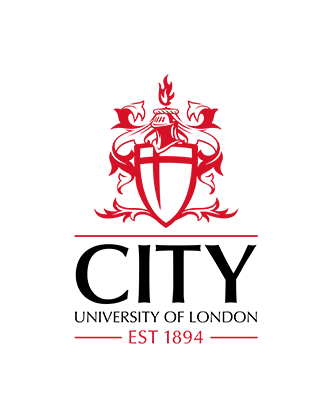Self Organising Associative Representation Learning Model
Mulwa, E. M. (2025). Self Organising Associative Representation Learning Model. (Unpublished Doctoral thesis, City St George’s, University of London)
Abstract
We present a self-organizing, real-time associative learning model that incorporates a biologically plausible image processing mechanism. This model offers a naturalistic approach for generating hierarchical perceptual representations of visual stimuli built from the convolution and pooling layers of a Convolution Neural Network (CNN) model. We showcase the implemented technical aspects used in building this model, as well as the algorithms developed for the operations driving different computations. We demonstrate that this model can account for most characteristic associative learning phenomena, fully conceptualizing cue competition as encapsulated by a global error correction mechanism. The integration with CNN endows the model with an elemental framework from which we present strong evidence of the formation of complex representations during learning and provide the necessary computational and algorithmic approach for how compound stimuli are formed, offering a natural mechanism to represent compound stimuli and discriminate them from their constituent elements. Critically, the model, elemental in nature, is capable of representing non-linearity, accounting for non-linear discrimination without the need to postulate ex nihilo stimulus representations.
| Publication Type: | Thesis (Doctoral) |
|---|---|
| Subjects: | Q Science > QA Mathematics > QA75 Electronic computers. Computer science Q Science > QA Mathematics > QA76 Computer software |
| Departments: | School of Science & Technology > Department of Computer Science School of Science & Technology > School of Science & Technology Doctoral Theses Doctoral Theses |
Download (45MB) | Preview
Export
Downloads
Downloads per month over past year


 Metadata
Metadata Metadata
Metadata